What is OLED
The full name of OLED is Organic Light Emitting Display, which is an organic light emitting display. In terms of name, it differs from the LED display screen by only one letter, but actually they describe completely different things. OLEDs consist of a very thin coating of organic material and a glass substrate that emits light when current passes through it. It does not require a backlight (Figure 1).
The LED screen is actually a kind of LCD screen, which is used for TN, MVA, IPS or PLS panels. These panels do not emit light by themselves, and they need an additional light source to light up. Among them, the light source used by LEDs is a white light diode, LCD. The screen uses a cold cathode fluorescent lamp CCFL (ie, a fluorescent lamp). The display modes of the OLED and the LED are essentially different. Therefore, the two are not the same type of thing. The LED is a branch of the LCD display.
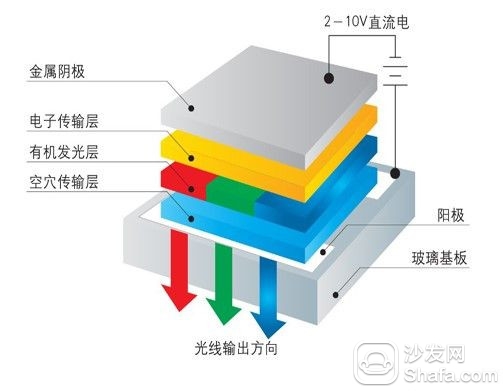
OLEDs do not require the characteristics of a backlight, which determines that such displays will have a thinness that is far from comparable to LCD displays (Figure 2). At the same time, this feature also ensures that manufacturers can easily add a touch layer or curved surface design without the monitor appearing too thick. In addition, compared with LCD displays, OLED also has the following major highlights.
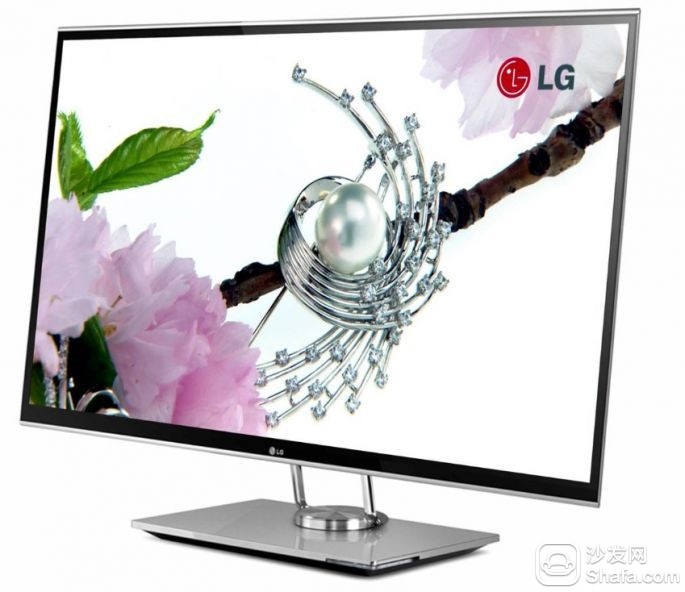
The second is higher contrast and faster response. Theoretically, the contrast of an OLED is almost limitless, and it does not leak light, so there is no possibility of color misregistration or black-down when watching a video (Figure 3). In addition, OLEDs are less likely to tear or smear like LCD monitors, but at the same time, many OLED panels currently have slow response speeds. At the same time, since the OLED display does not generate blue light without the backlight, it does not hurt the eyes like some LED displays.

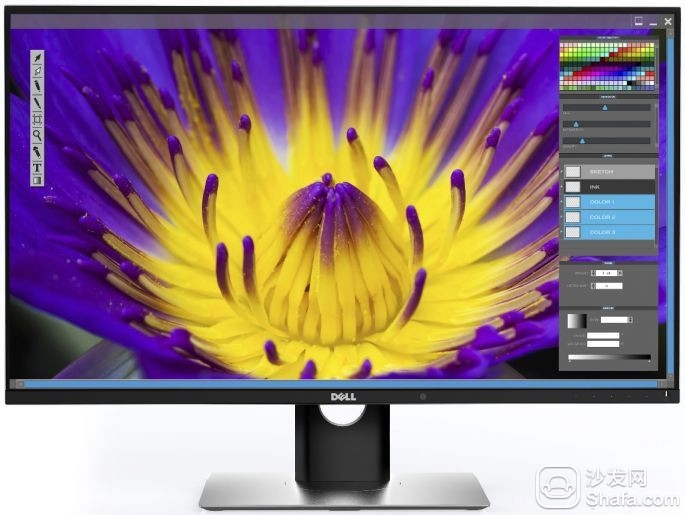
Disadvantages of obvious advantages
Since the OLED has the above advantages, why has it been only slightly exposed in the field of mobile phones and televisions so far, in addition to DELL's first test of water in the field of desktop monitors did not follow? In addition to the obvious advantages of current OLEDs, there are also some problems. Which is more obvious is the OLED screen blue material life problems, the available time is about 14,000 hours, which is equivalent to the use of 8 hours a day can only use 5 years.


With the maturity of LED display technology and the continuous reduction of production costs, users can buy a LED display with a good display effect in just a few thousand yuan. At the same time, if the user is in high demand, it is entirely possible to select more characteristic products such as curved displays in the LED family according to needs and preferences (Figure 7). At present, even the top LED displays still have a much lower price than OLEDs, and diversification and cost-effectiveness also dilute the user's enthusiasm for OLED to a certain extent (Figure 8).
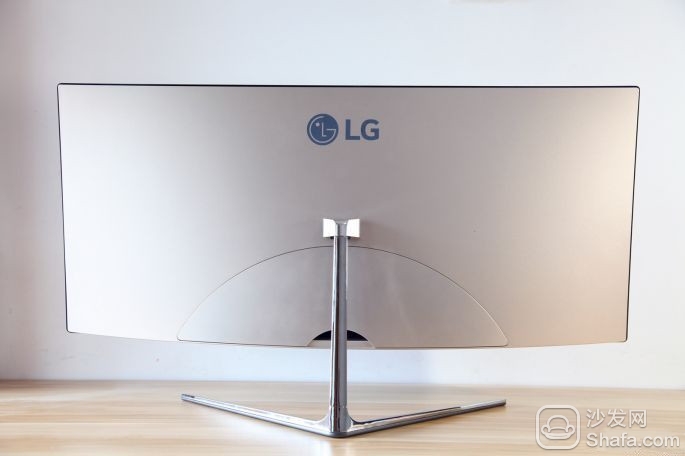
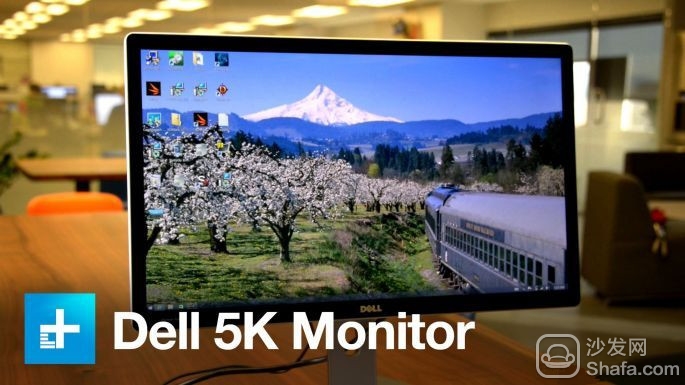
Unless some of OLED's existing technical barriers are broken and production costs are reduced to the same level as LED displays, OLED spring will really come. It will become the new generation of overlord in the field of desktop display like the current LED display.
Led Chair Feature:
1. Polyethylene (PE) is a kind of thermoplastic material, not easy to broken, suitable for long time delivery
2. Non toxic, safe for human healthy
3. Rechargeable battery and remote control
4. Multi-colors change & color selection
5. Anti UV & waterproof
6. Adopt the EPISTAR led chip to ensure the color quality and life time
7. Certificate: CE, ROHS, etc
8. Warranty: 1 year
Bar, nightclub, golf club, disco, KTV, bistro, patio, pub, hotel, restaurant, cafe, coffee shop, tea house, plaza, garden, entertainment park, amusement park, home, villa, swimming pool, wedding, party, events, decoration, design, project, rental/hire.
Led Cube,Led Chair,Led Cube Table,Led Glow Furniture,Illuminated Outdoor Furniture,Led outdoor Chair,Led Bar Chair
KIWA ELECTRONIC (HK) INDUSTRIES CO.,LTD , https://www.kiwahk.com